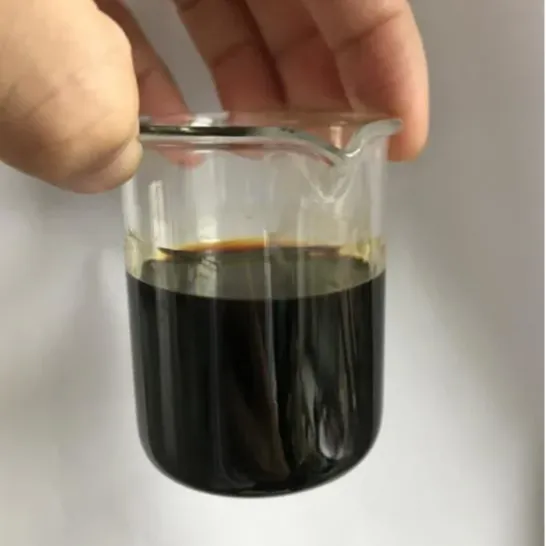
Nov . 13, 2024 19:34 Back to list
rovral fungicide
Understanding Rovral Fungicide A Key Player in Crop Protection
Agriculture is the backbone of many economies worldwide, and the health of crops is crucial for food security. One of the essential tools in maintaining crop health is fungicides. Among the various fungicide options available, Rovral, known scientifically as Iprodione, has carved a niche in the realm of plant protection. This article explores the composition, application, benefits, and considerations associated with Rovral fungicide.
What is Rovral?
Rovral is a systemic fungicide categorized under the dicarboximide chemical group. It was first introduced in the 1970s and has since gained popularity for its effectiveness against a broad spectrum of fungal pathogens. Rovral works by inhibiting fungal growth, specifically targeting processes related to nucleic acid and protein synthesis, which ultimately disrupts the fungus's ability to reproduce and thrive.
Applications of Rovral
Rovral is primarily used in agricultural settings for the treatment of various crops, including fruits, vegetables, and ornamental plants. It is effective against diseases such as Botrytis, Sclerotinia, and other molds that can significantly impact yield and quality. The fungicide can be applied as a foliar spray, and its systemic nature allows it to be absorbed by the plant, offering protection against ongoing and future infections.
Benefits of Rovral
One of the main advantages of using Rovral is its broad-spectrum activity. It effectively combats numerous fungal diseases, reducing the risk of crop loss due to infections. Additionally, the fungicide has a relatively low toxicity level for humans and wildlife, making it a safer choice when used according to guidelines.
rovral fungicide

Rovral's residual activity is another key benefit. Once applied, it remains effective for an extended period, providing prolonged protection to crops—this means fewer applications are needed throughout the growing season, translating to reduced labor and operational costs for farmers.
Moreover, its compatibility with other agricultural chemicals enhances its utility. Rovral can often be tank-mixed with other fungicides or insecticides, allowing for integrated pest management strategies that address multiple challenges simultaneously.
Considerations and Best Practices
Despite its effectiveness, the use of Rovral must be approached with care to maximize benefits while minimizing potential risks. Application timing is critical; applying Rovral during the early stages of fungal infection can lead to better outcomes. It is essential for farmers to adhere to label instructions regarding dosage and application intervals to avoid resistance development among fungal populations.
Additionally, rotating Rovral with fungicides of different modes of action is highly recommended. This practice helps prevent the emergence of resistant strains of fungi, ensuring long-term efficacy of this valuable fungicide.
Environmental considerations should also be part of the planning process. While Rovral has a relatively low environmental impact, farmers should still be mindful of runoff and drift, particularly near water sources. Implementing protective measures during application can safeguard local ecosystems.
Conclusion
In summary, Rovral fungicide plays a significant role in modern agriculture by effectively managing fungal diseases that threaten crop health. Its broad-spectrum activity, safety profile, and extended residual effectiveness make it a preferred choice for many growers. However, responsible use that includes adherence to application guidelines and resistance management strategies is crucial for ensuring the continued success of Rovral in the agricultural landscape. By understanding and implementing best practices, farmers can protect their crops and contribute to sustainable food production, securing a stable future for agriculture.
-
Herbicide Mesotrione: Advanced Herbicide Solutions for Corn Field Weed Control
NewsJul.12,2025
-
Buy Penoxsulam Herbicide - Selective Weed Control Solution for Lawns & Crops
NewsJul.08,2025
-
Malathion and White Oil Effective Insecticide for Citrus & Ornamentals
NewsJul.08,2025
-
Best Section Fungicide Solutions Effective Carbendazim & Copper Fungicides for Citrus Trees
NewsJul.08,2025
-
Types of Herbicides Explained Discover 5 Types of Selective Herbicides for Effective Weed Control
NewsJul.07,2025
-
Buy Bifen Chemical – Safe Termiticide for Dogs & Effective Pest Control Solutions
NewsJul.07,2025
